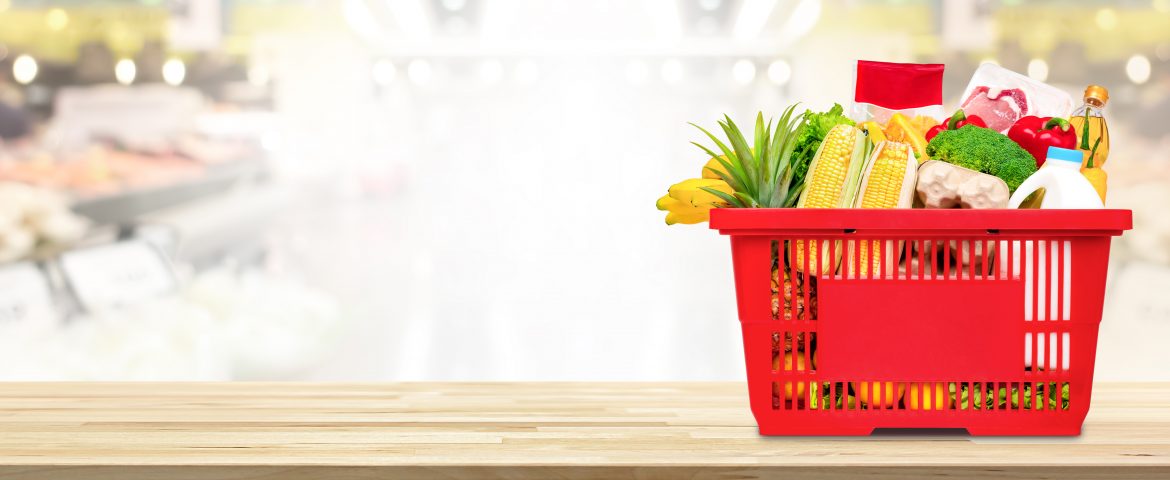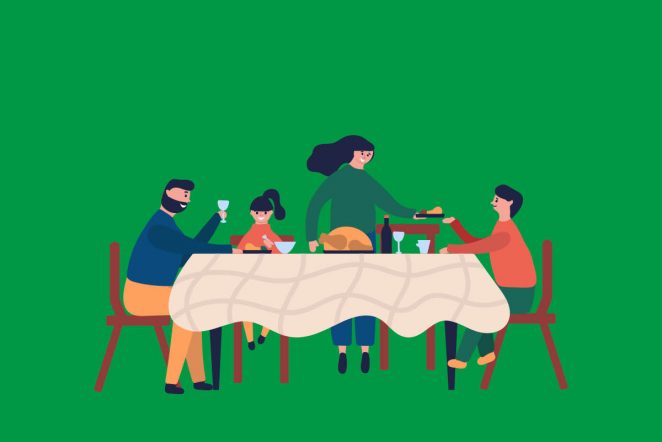Most people are at least a little worried about the spread of COVID-19 and what it means for themselves and their families. One worry we’ve heard over and over again are concerns about catching the virus from groceries and packages. It’s okay to be worried—it shows that you’re exercising caution. But seeing as you’ll eventually have to (if you haven’t already) go to the grocery store or get items delivered, we compiled some tips for grocery shopping, delivery and mail while following best practices to prevent the spread of COVID-19.
Shopping
While it’s essential that we get groceries and avoid hoarding supplies, we also understand how anxiety-inducing it can be to enter a contained, public space, especially those that fall into high-risk categories like older adults. We also know that not everyone can take advantage of online grocery delivery services. Thankfully, experts say there are a few precautions you can take to ensure that you can make your grocery trip a quick and safe one.
- Distance. When shopping, you should maintain a six-foot distance from those around you. Here in Michigan, some stores like Meijer are taking extra precautions to ensure social distancing, from placing X’s on floors to show how far apart customers should stand, to installing plexiglass sneeze guards at checkout areas.
- Handwashing and disinfecting. Wash your hands for 20 seconds before and after going to the store. When you get to the store, wipe down your cart with any disinfectant wipes provided (or bring your own). Don’t touch your face, nose or mouth while at the store. It’s also advised that you don’t touch items unless they’re items you fully intend on buying.
- Wear a mask. The CDC recently updated recommendations to include the use of cloth facemasks while in public settings where other social distancing measures are difficult to maintain (e.g., grocery stores and pharmacies), especially in areas of significant community-based transmission. And due to Governor Whitmer’s stay-at-home order extended through May 28 with some lifted restrictions, masks are now required in close public spaces. Here are some helpful CDC guidelines for masks including how to make your own.
- Package precautions. Some people are worried that the groceries themselves could be contaminated. But experts say the biggest concern with grocery shopping continues to be human contact, as food transmissions are shown to be unlikely. However, you can wipe down your packaged goods with disinfectant when you get home and wash produce with water. As always, be sure to wash your hands before eating.
- Limit store trips. As of now, it is strongly recommended that you get groceries infrequently, as little as one grocery shopping trip per week, to limit person-to-person transmission.
Packages and carryout
As with grocery shopping, there is also some concern around mail, packages and carryout food delivery.
Rest assured, health officials believe that there is very little chance of COVID-19 spreading through mail deliveries. Here’s what the CDC has to say:
“There is still a lot that is unknown about COVID-19 and how it spreads. This coronavirus is thought to be spread most often by respiratory droplets. Although the virus can survive for a short period on some surfaces, it is unlikely to be spread from products or packaging that are shipped over a period of days or weeks at ambient temperatures.”
However, you should still wash your hands after handling these items. Shipping companies are also trying to reduce concern by suspending signatures for packages to reduce human contact.
The same precautions can be taken as well when handling delivery or carryout food from restaurants. While these services are following strict health guidelines to remain in operation, an extra hand washing between walking in the door and sitting down to eat is strongly recommended. Plate your food with clean hands, then dispose of any external packaging and wash your hands again before eating.
We know it seems like recommendations change from day to day—but that’s because we keep learning more about COVID-19, and as we do we can develop better strategies to slow the spread. Check the CDC’s website for the latest recommendations—and stay informed and safe.


